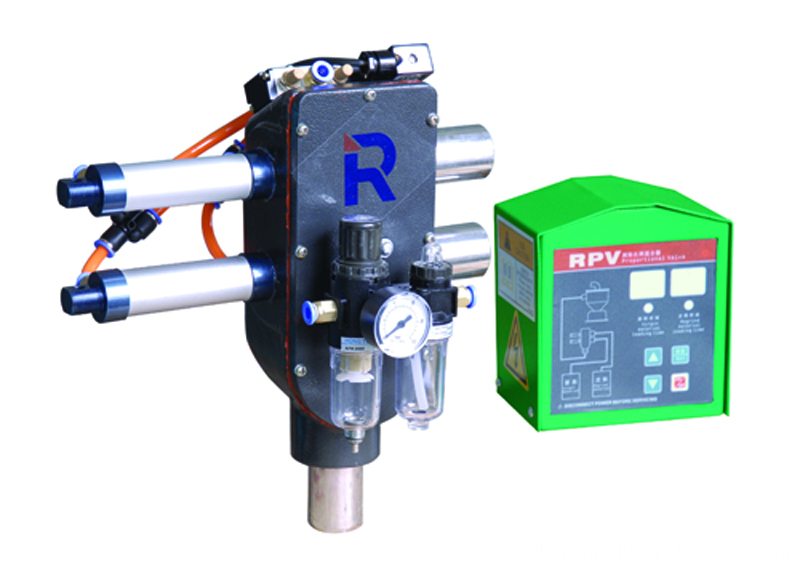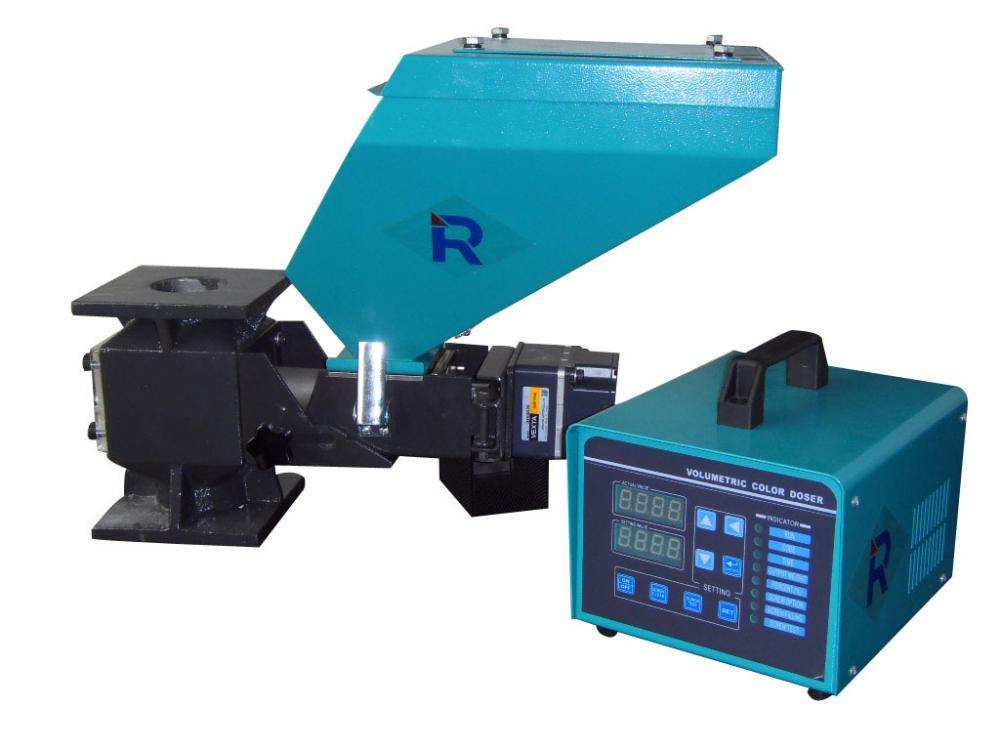Nature of copper mineral species containing more known up to more than 170, but there are only a dozen industrial value. Common copper sulfide minerals for flotation treatment are listed in Table 1.

Almost all copper sulfide ore contains iron sulfides, and common iron sulfide minerals include pyrite and pyrrhotite. The main task of copper sulfide ore flotation is to separate copper sulfide minerals from iron sulfide and gangue. When the ore is associated with elements such as gold and silver , their comprehensive recovery must be considered.
The floatability of the main vulcanizing agent and iron mineral is as follows.
Chalcopyrite (CuFeS2) is the most common copper mineral in China, containing 34.57% copper. It has primary and secondary, good floatability. It can maintain its natural floatability in neutral and weak alkaline pulp for a long time, but in strong alkaline (PH>11.5) medium, due to surface The structure is eroded by OH-, forming a hydrophilic iron hydroxide film, which deteriorates the floatability.
The most commonly used collectors for flotation chalcopyrite are xanthate and black medicine, while sulfur nitrogen and thiourethane are more selective.
Chalcopyrite is susceptible to cyanide and oxidants in alkaline slurries, and excess lime or sodium sulfide can also inhibit chalcopyrite. Chalcopyrite inhibited by cyanide can be activated with copper sulfate.
Copper ore (Cu2S). Containing 79.8% copper, it is the most common copper sulfide mineral in this life. It is brittle and easy to mud, and has good floatability in both acidic and alkaline pulp. It is easier to oxidize than chalcopyrite. After oxidation, more copper ions enter the slurry, which will activate other minerals or consume chemicals, which makes sorting difficult.
The collector of chalcopyrite is mainly xanthate. The inhibitor is potassium ferricyanide, which is used in copper and molybdenum separation of common oxidants outside China, pulp heating and low-temperature roasting to inhibit the copper ore flotation molybdenite. In the separation of copper and lead sulfide and zinc cyanide commonly mixed chromium compound inhibiting chalcocite. The inhibitory effect of cyanide on chalcopyrite is weak, because the copper ions on the surface of the chalcopyrite are continuously dissolved and react with cyanide, and the formation of complex ions reduces the inhibition of cyanide.
Bornite (Cu3FeS4). There are two kinds of primary and secondary, because the copper ore often contains chalcopyrite, chalcopyrite and other solid solution inclusions, the chemical composition changes greatly, Cu can be 52% ~ 65%.
The surface properties and floatability of the porphyrite are between the chlorite and the chalcopyrite. When the medicinal agent is used as a collector, it can float in acidic and weakly alkaline media. When PH>10, its The floatability is degraded, and its buoyancy is also significantly deteriorated in a strongly acidic medium. It is easily inhibited by cyanide.
Copper blue (CuS) is mainly produced in oxidized ores containing copper sulfides and has little natural distribution. In the lattice structure of copper blue, Cu has two kinds of Cu+ and Cu2+, and S also has two kinds of monosulfide ions [S2]2-, so the reasonable formula of copper blue formula should be Cu2S·CuS. The floatability of copper blue is similar to that of chalcopyrite.
Arsenic bismuth copper ore (4Cu2S·AS2S2) is a primary copper mineral with low hardness and brittleness, and is easy to be muddy and oxidized.
When flocculating arsenic bismuth copper ore with butyl sulphate, the optimum pH value is 11~12, and the medium adjusting agent is better than lime when using sodium carbonate, because when the free CaO is higher than 400g/m, the arsenic bismuth copper ore is inhibited. effect.
According to the above analysis, the following rules can be summarized for the floatability of copper sulfide minerals:
(1) All copper minerals containing iron, such as chalcopyrite and porphyrite, have similar buoyancy and are easily inhibited by cyanide and lime in alkaline pulp, so separation of copper and sulfur is difficult, and strict control of cyanide is required. The amount of the compound and lime.
(2) Any copper minerals that do not contain iron, such as chalcopyrite and copper blue, have similar buoyancy, and cyanide and lime have weaker inhibition effects. Therefore, it is possible to add a large amount of lime to suppress yellow in the separation of copper and sulfur. Iron ore, without seriously affecting the floatability of copper minerals.
(3) The floatability of copper sulfide minerals is affected by factors such as crystal size, intergranular size and primary secondary. Crystallization and inlaying are too thin to be difficult to float. The secondary copper sulfide ore is easily oxidized and is less likely to float than the original copper ore after oxidation.
(4) The anion of xanthate collector is mainly chemically adsorbed with Cu2+ on the surface of minerals. The mineral with high copper content has more Cu2+ on the surface and is easy to interact with xanthate. It has good floatability and is easy to obtain high-quality concentrate. The common order of floatability of copper sulfide minerals is: chalcopyrite > porphyrite > chalcopyrite.
Pyrite (FeS2) contains S53.45%, which is the most widely distributed sulfide, which is found in almost all types of deposits. Since pyrite is the main raw material for the production of sulfuric acid, it is customary to refer to the pyrite concentrate as a sulfur concentrate.
The floatability of pyrite varies with its crystal structure, chemical composition and degree of surface oxidation. Pyrites of different types of deposits sometimes differ greatly in their floatability due to different metallogenic conditions. The study indicates that the pyrite with octahedral structure is more easily floated than the hexahedral structure: when the S/Fe is close to 2 in the chemical composition, it is easy to float in the acidic medium, and is susceptible to lime inhibition in the strong alkaline medium. /Fe deviates from 2 (less than 2), when the structure is incomplete, it can be floated in acidic medium, but it is not easily inhibited by lime in alkaline medium, and the degree of oxidation of pyrite with moderate oxidation degree The increase is increased, which is related to the oxidation of the surface to form elemental sulfur. When excessively oxidized, the floatability is lowered.
The surface state of pyrite is also related to the pH of the slurry. In the strongly acidic medium, its surface is easily oxidized to form elemental sulfur (some people think it is a metal-deficient sulfide), which improves the hydrophobicity of its surface. In the strongly alkaline medium caused by lime, the surface of the pyrite is covered with FeO(OH), so that its floatability is suppressed.
Pyrite can be harvested with xanthate in acidic, neutral and weakly alkaline pulps. Its effective inhibitors are cyanide, lime and lime + sulfite. Separation of chalcopyrite, sphalerite and pyrite, mainly using lime as an inhibitor of pyrite, for the comparison of refractory copper-zinc or copper-lead-zinc mine with calcium sulfate and pyrite Lime is more effective, and the inhibited pyrite can be activated by sulfuric acid, sodium carbonate and carbon dioxide, and copper sulfate is often added during activation.
The pyrrhotite (Fe1-xS) has a chemical composition that is not fixed because a part of Fe2+ in the crystal lattice is replaced by Fe3+. In order to maintain the electrostatic equilibrium in the crystal lattice, some of the Fe2+ sites in the structure form vacancies. It becomes Fe1-xS, x=0.1~0.2. The pyrrhotite is easily oxidized and muddy, and has poor floatability. It is a sulfide mineral that is easily suppressed and difficult to float. In acidic medium, it can float well with high-grade xanthate, but it should be activated with copper sulfate or a small amount of sodium sulfide in alkaline medium, and then floated with advanced yellow drug.
The inhibitors of pyrrhotite include lime, cyanide, sulfurous acid and salts thereof. The use of sodium fluorosilicate for activating pyrrhotite with sulfuric acid is more effective than sulfuric acid alone.
Pyrrhotite is easily oxidized and consumes oxygen in the slurry when oxidized in the slurry. It is unfavorable for the floating of other sulfide minerals. Therefore, when flotation of sulfide ore containing pyrrhotite, attention should be paid to the adjustment of slurry agitation.
Among the skarn-type copper in China, a large part of the sulfur-containing minerals are pyrrhotite. Since pyrrhotite is not easy to float and has magnetic properties and is contained in magnetic iron concentrate, it is often the main cause of high sulfur content in iron concentrates.
RPV Proportional Valve offer simple and accurate mixing of regrind and virgin material,main structure made of stainless steel,durable and excellent designed without blind angle.Microprocessor controller provides accuracy and assures smooth material convey.

A volumetric doser is used for mixing the colorant with plastic material accurately.The microcomputer can calculate the quantity needed in a certain period of time when one enters the inecting quantity,the proportion and the time of melting.it makes it easy to provide mixed material as long as there are colorant and the required quantity

Vacuum Feeding System For Plastic Recycling Line, Staggered Blades For Shatter Machine, Vacuum Hopper Loader, Infrared Hopper For Auto Loader, Proportional Valve For Grinder
Ningbo Beilun Rhong Machinery Manufacturing Co., Ltd. , https://www.rhongmachinery.com